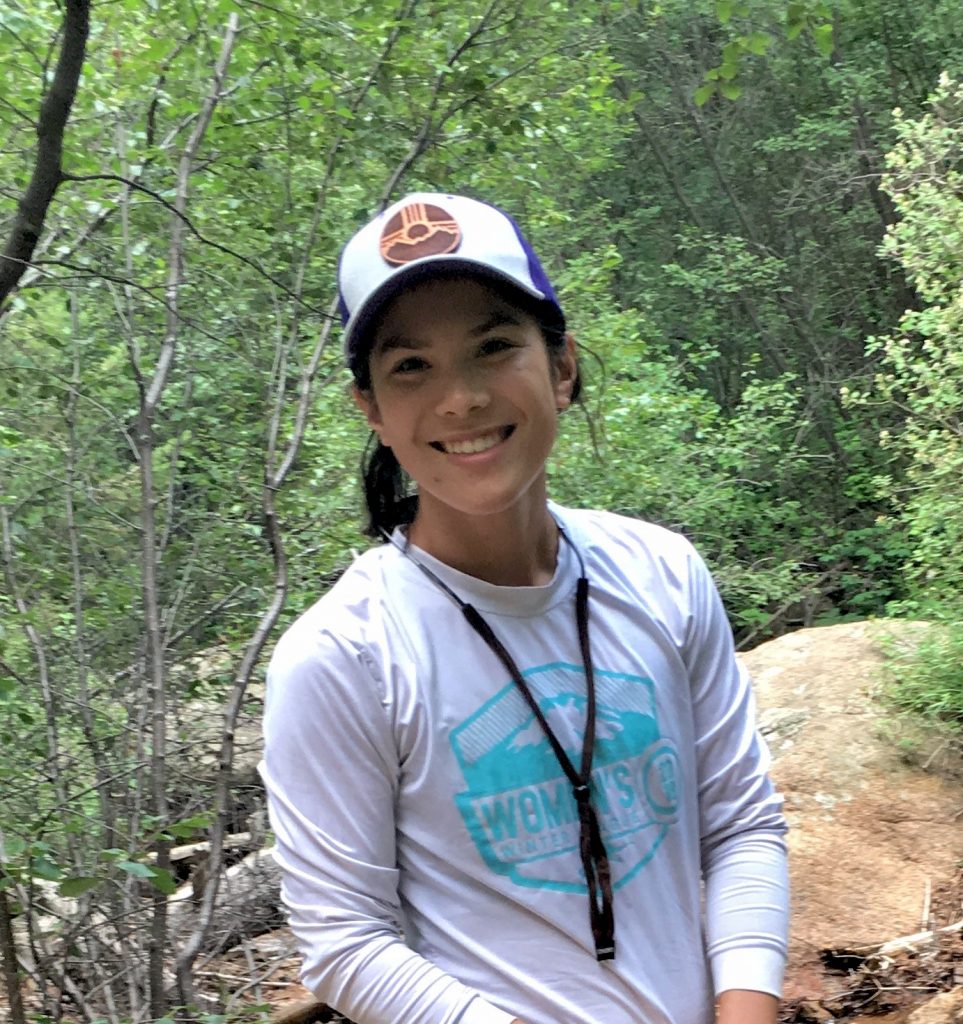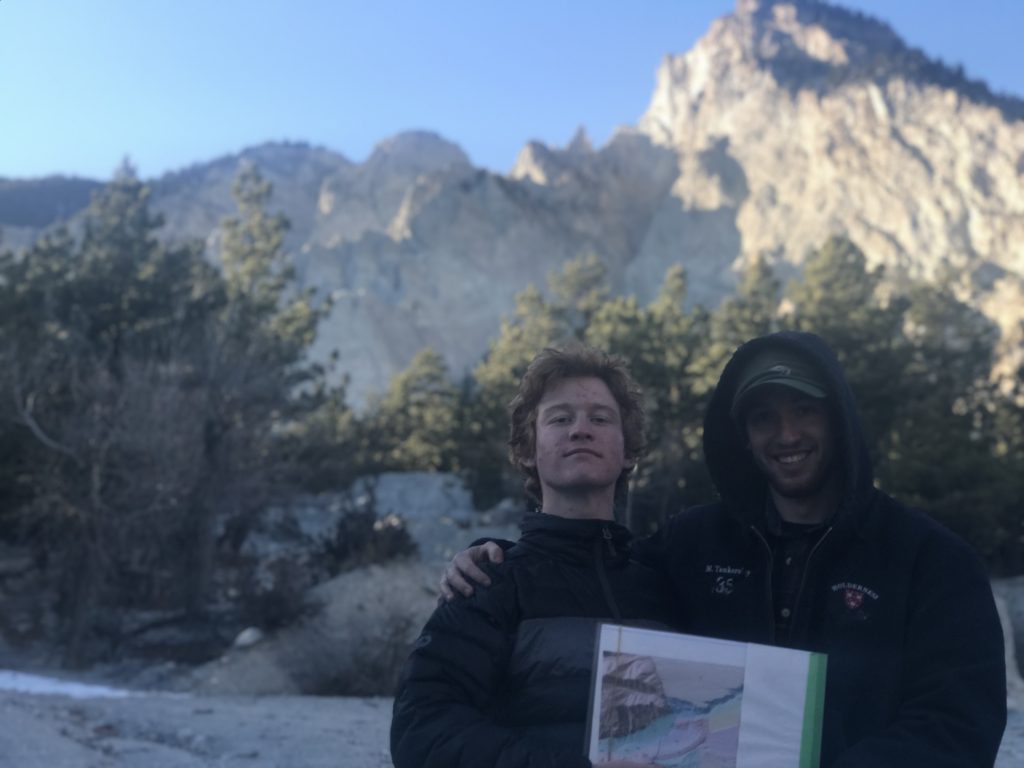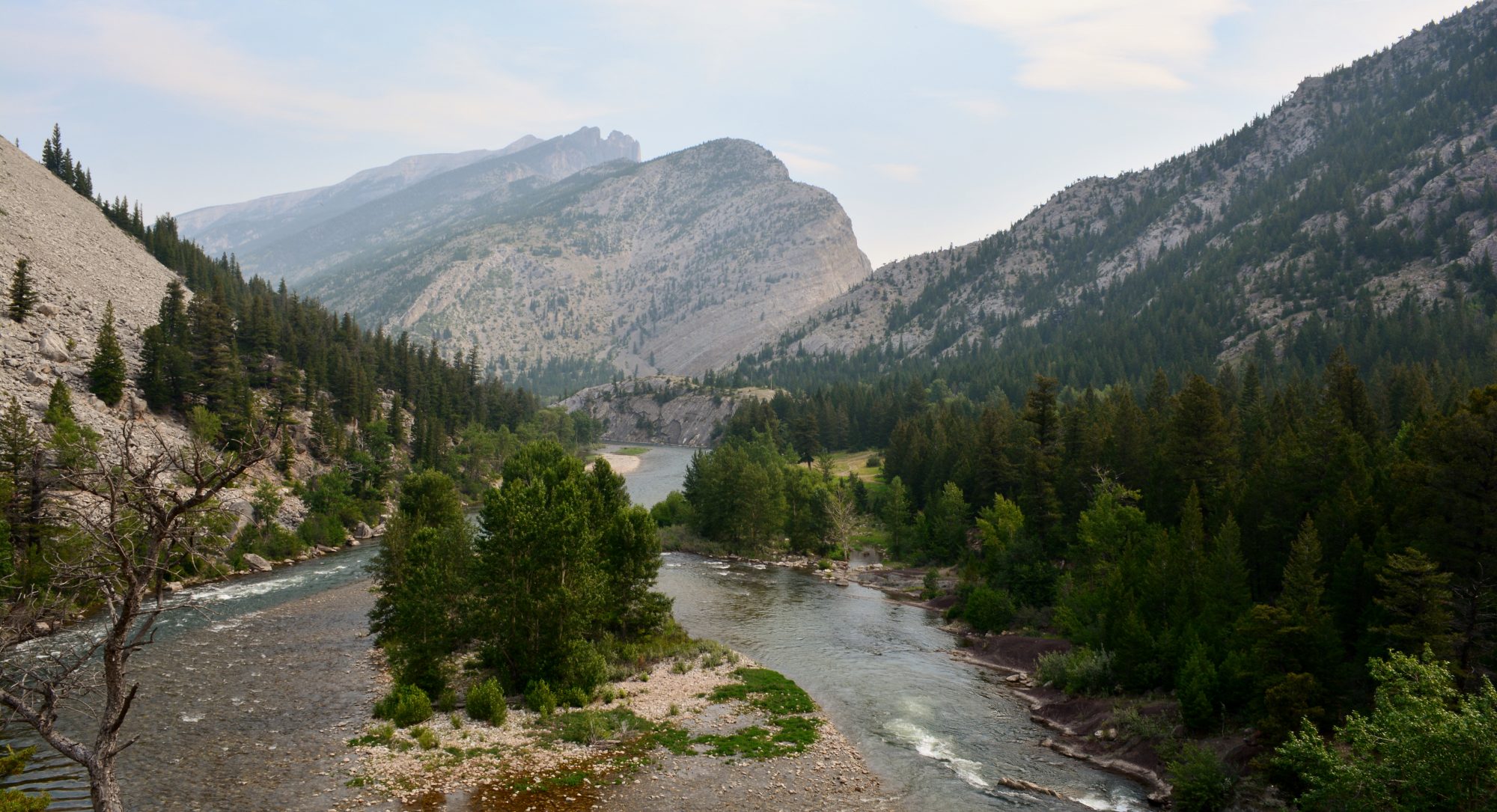Dr Sarah Schanz

I am an assistant professor of geology at Colorado College with a specialty in geomorphology. At CC, I teach courses in physical geology, surface processes, and numerical modeling. I’m interested in creating in inclusive classroom environment that allows everyone equal, and rewarding, access to geology.
Before coming to CC, I was a postdoctoral researcher at Indiana University Bloomington and a PhD student at the University of Washington. My home state is Washington, and much of my research and teaching interests stem from growing up in a rural forest and going to school in a town built on an often-flooded floodplain. I love learning about the natural world and how it affects, and is affected by, human systems. My goal is to share that joy with students, and to help us all think critically about the landscape around us.
Current lab members
This could be you!
Lab alumni
Piper Kent – CC’23 (Geology)
Piper analyzed bedrock channel thalweg morphologies. They collected field surveys in bedrock meandering channels in California and Colorado, and are using those observations to guide a new channel geometry. Piper will compare this new geometry with previously used geometries in a bedrock-meandering model to assess how sensitive bedrock meandering is to thalweg geometry.
Spencer Shaw – CC’23 (Geology).
Spencer studied the effects of flow regime change on Fountain Creek, CO. Water input from trans-mountain diversions, combined with climate change, urbanization, and erosion control structures, has altered erosion and migration in Fountain Creek. How is Fountain Creek changing? How much of this is due to water diversions vs local effects?
Previously, Spencer worked on the impact of reservoirs on upstream channels, using West Elk Creek as a study area.
Zhilin Shi – CC’23 (Geology). Currently a paraprofessional for CC Geology
Zhilin worked on lithologic influences on bedrock meandering. He used a numerical model to investigate how bedrock strength anisotropy influences the growth of meandering channels, particularly looking at sinuosity and channel cutoffs.
Kira Ratcliffe – CC’22 (Geology)
Kira studied sediment dynamics in the upper West Elk Creek, where she gathered field data on sediment size distribution and tested mathematical mixing models against field evidence.
Sam Bower – CC’21 (Geology). Now at West Virginia University, working with Dr Shobe for a MS
 Sam is investigating landscape response to landslides; if a landslide falls into a river, what determines how the river responds? Does it break through, go around, or permanently dam? For this work, Sam is using a numerical model with a field site in the West Elk Wilderness, CO as an end-member for a landslide that forced the river to move the valley over.
Sam is investigating landscape response to landslides; if a landslide falls into a river, what determines how the river responds? Does it break through, go around, or permanently dam? For this work, Sam is using a numerical model with a field site in the West Elk Wilderness, CO as an end-member for a landslide that forced the river to move the valley over.
Peyton Colee – CC’21 (Geology).
Landslides, while a hazard to humans, can also bring sediment into rivers and nourish habitat. Peyton is examining how numerous landslides in central Washington state contributed to the formation of salmon habitat. She is creating the first digital, detailed map of the landslides using GIS, and will be constructing a landslide timeline using surface roughness and radiocarbon dating.
Nerissa Barling – CC’21 (Geology), co-advised with Dr Eric Bilderback, NPS. Now at UC Santa Cruz, working with Dr Zimmer on an MS
Nerissa is working on understanding the geologic hazards around Kilauea after the 2018 eruption – and now the ongoing period of activity! Using displacement-meters she installed during summer 2020, Nerissa is analyzing how the surface displacement – indicative of landsliding and rock failure – is tied to temperature variation, wind speeds, and tilt from volcanic activity.
